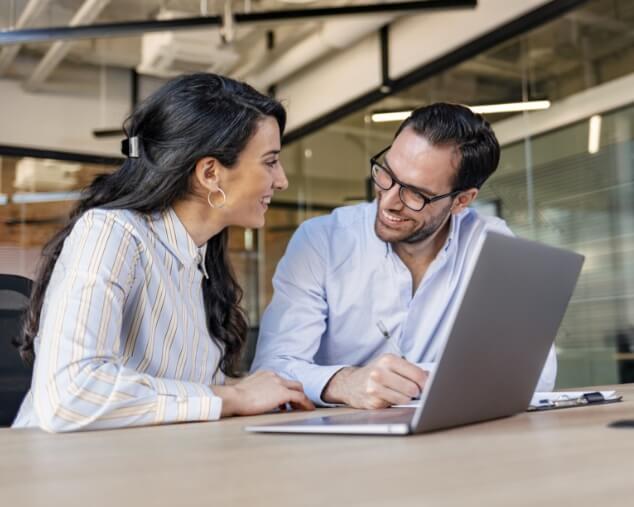
When your construction company leases equipment now, it’s not terribly difficult to document the related payments in your accounting software. Though it’s a little more involved than this, you essentially record the monthly outflows as expenses.
For companies who report under GAAP, that will be changing. Accounting Standards Update (ASU) 2016-02 requires operating leases that run for more than 12 months to be recognized on the Balance Sheet, as “Right of Use Assets” and related Lease Liabilities. This new directive will take effect for fiscal years beginning after December 15, 2019 (fiscal year 2020 for companies with a December 31 year-end).
Complexity Ahead
If you have significant leasing activity (equipment, buildings, etc.), your accounting is about to get more complicated. ASU 2016-02 doesn’t include substantial changes for the lessor or for leases of 12 months or less (these should be treated as they were under similar GAAP). But as a lessee, you need to start looking at:
- The terms of related party leases. What impact will they have on your financial statements? Do you need to consider making modifications to them?
- The impact of lease liabilities on debt covenants. If you have significant leasing activity, you’re now going to show much larger lease asset and liability balances. If lease liabilities are a part of debt covenant calculations, you may need to have debt agreements modified or new agreements worded in a way that excludes these new lease liabilities.
- Lease software. Will you need to explore new solutions to track and account for your leasing activities such as specific software to help?
- The treatment of leases as either operating or financing (capital). You’ll need to analyze all of them to see—for one thing—how each will be recorded on your income statement. Operating leases will have a single lease cost (similar to rent expense) that is recognized on a straight-line basis over the life of the lease. Capital leases will be recognized similar to current GAAP, with interest expense and depreciation expense recognized on the income statement.
Now’s the Time
December of 2019 might seem like a long time from now. However, it’s not where the issue of these new accounting changes is concerned. Not only do you need to understand how to record leases next year, but as we’ve explained, you may need to modify at least some of them in the current year.
We understand the requirements presented in ASU 2016-02, and we can help you comply with them. Let us know when you want to start preparing for your new lease-related accounting responsibilities – before the next fiscal year sneaks up on you.
